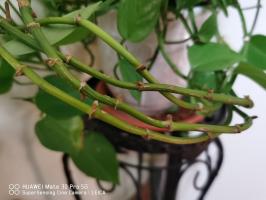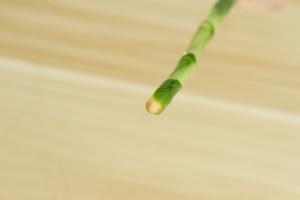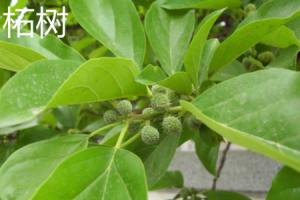How Much Water for Bell Pepper Plants
Bell peppers, also known as sweet peppers, are a popular vegetable in many gardens. They come in a variety of colors, including red, yellow, and green, and are typically easy to grow. However, like all plants, bell peppers require a proper amount of water in order to thrive. In this article, we will discuss how much water bell pepper plants need and how to properly water them.
Watering Bell Pepper Plants
The key to watering bell pepper plants is to keep the soil moist, but not waterlogged. Overwatering can cause root rot and other problems, while underwatering can stunt the growth and quality of the peppers. Watering should be consistent and done at the same time each day or every other day, based on the plant's needs and the weather conditions.
How Much Water Do Bell Pepper Plants Need?
The amount of water bell pepper plants need varies depending on several factors. The size of the plant, the weather conditions, the type of soil, and the age of the plant are all important factors to consider. As a general rule, an established bell pepper plant needs approximately 1-2 inches of water per week. This can be adjusted based on the factors mentioned above, but it is a good place to start.
How to Water Bell Pepper Plants
When watering bell pepper plants, it is important to do so in a way that ensures the water reaches the roots. The best way to do this is to water slowly and deeply, allowing the water to soak into the soil. This helps the plant develop a deep root system that can handle periods of drought. Water should be applied directly to the soil, not the leaves or fruit of the plant, as this can lead to leaf and fruit diseases.
A good way to ensure your bell pepper plants are getting the right amount of water is to use a drip irrigation system or soaker hose. These systems deliver water slowly and directly to the root zone, reducing the amount of water lost to evaporation and ensuring that the soil remains evenly moist.
When to Water Bell Pepper Plants
The best time to water bell pepper plants is in the morning or late afternoon, when the sun is less intense. Watering during the heat of the day can lead to water loss due to evaporation, and can cause the leaves to burn. Additionally, watering at night can lead to the development of fungal diseases, as the plant remains wet for an extended period of time.
Signs of Overwatering and Underwatering
It is important to monitor your bell pepper plants to determine if they are receiving the right amount of water. Overwatering can cause the leaves to turn yellow and wilt, while underwatering can cause the plant to become stunted and the fruit to be of poor quality. If you are unsure about the amount of water your bell pepper plants need, start by watering them consistently and adjust based on their response.
Conclusion
Watering bell pepper plants can be tricky, but with the right approach, it can be easy and effective. Remember to water slowly and deeply, monitor the plants for signs of overwatering and underwatering, and adjust the amount and frequency of water as needed. With these tips, you can ensure that your bell pepper plants produce healthy, delicious peppers throughout the growing season.

 how many times do yo...
how many times do yo... how many planted tre...
how many planted tre... how many pine trees ...
how many pine trees ... how many pecan trees...
how many pecan trees... how many plants comp...
how many plants comp... how many plants can ...
how many plants can ... how many plants and ...
how many plants and ... how many pepper plan...
how many pepper plan...
































